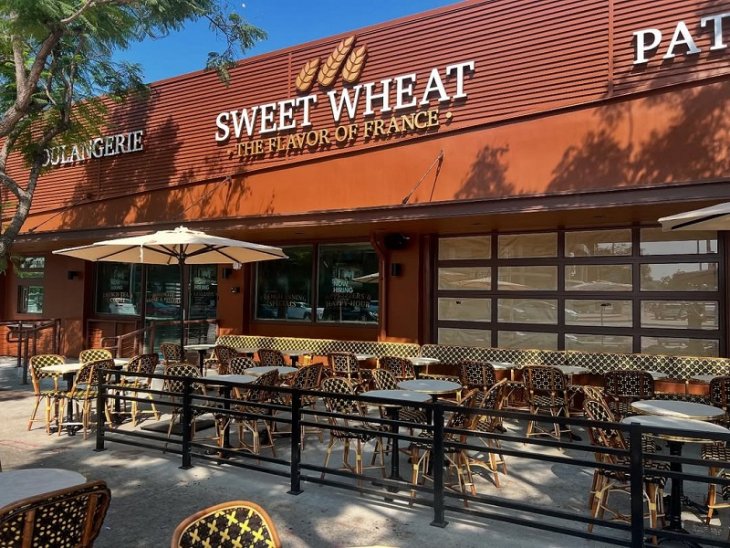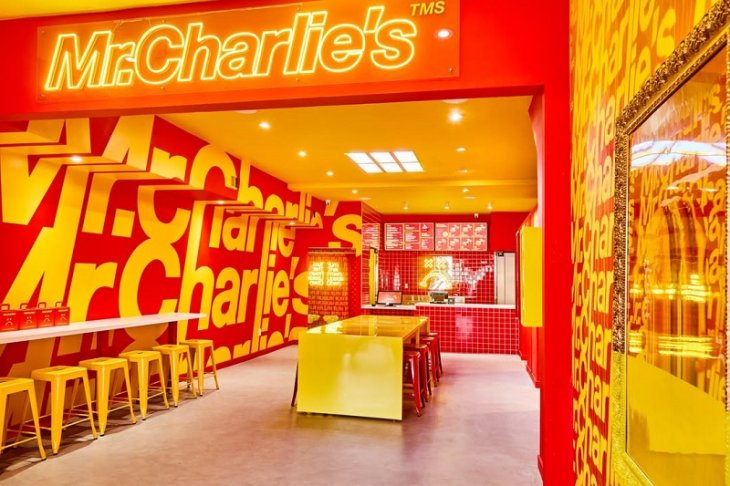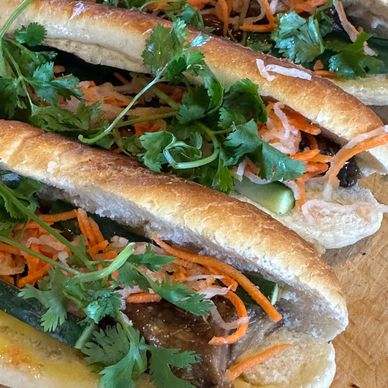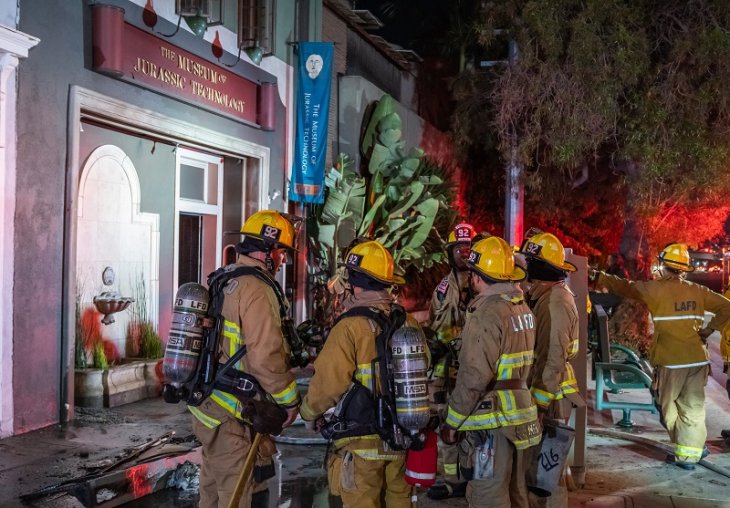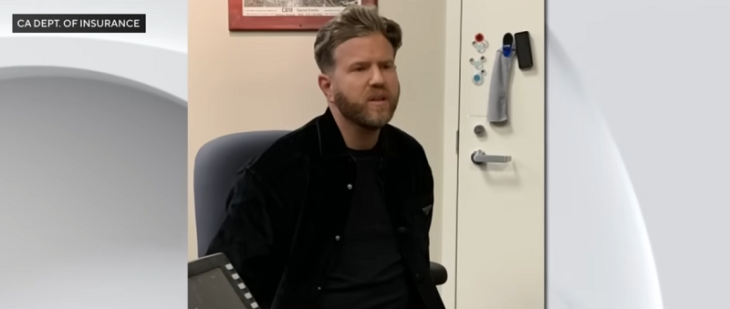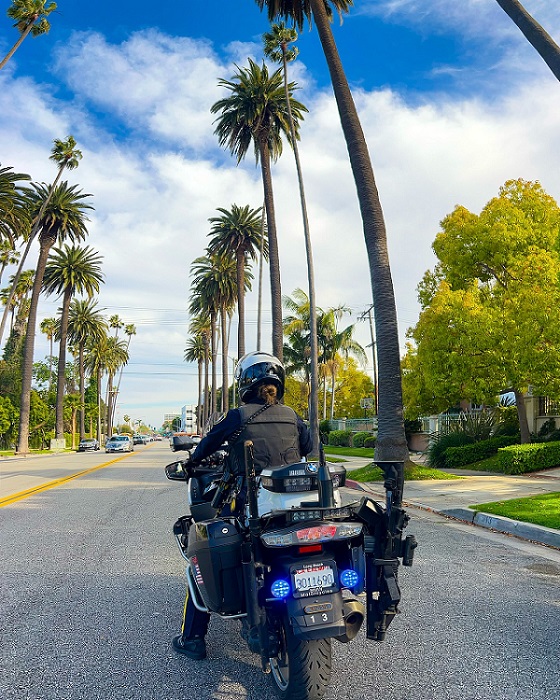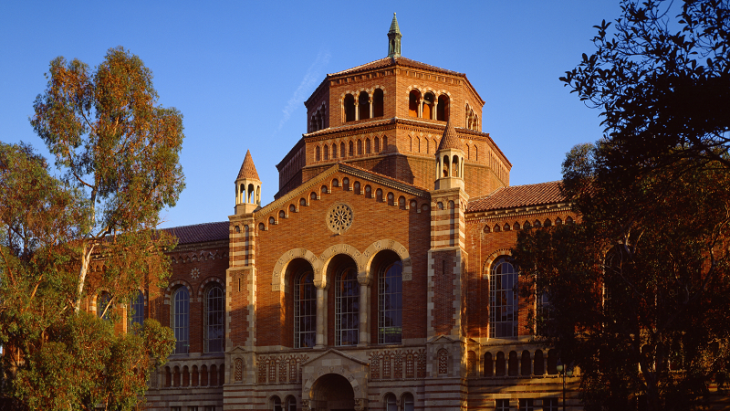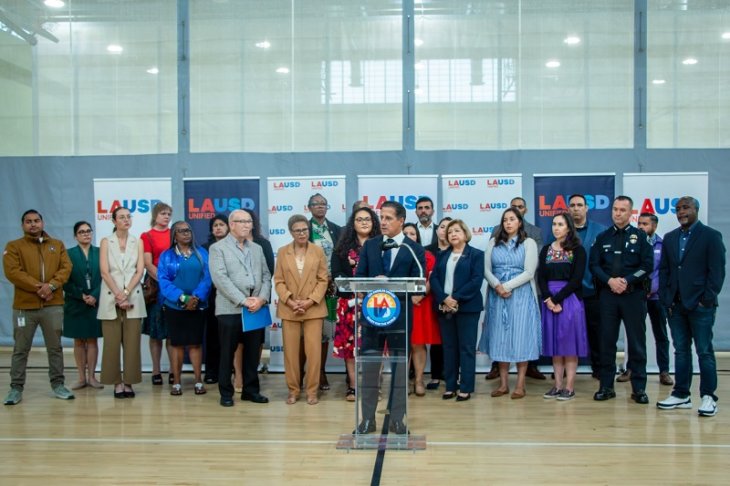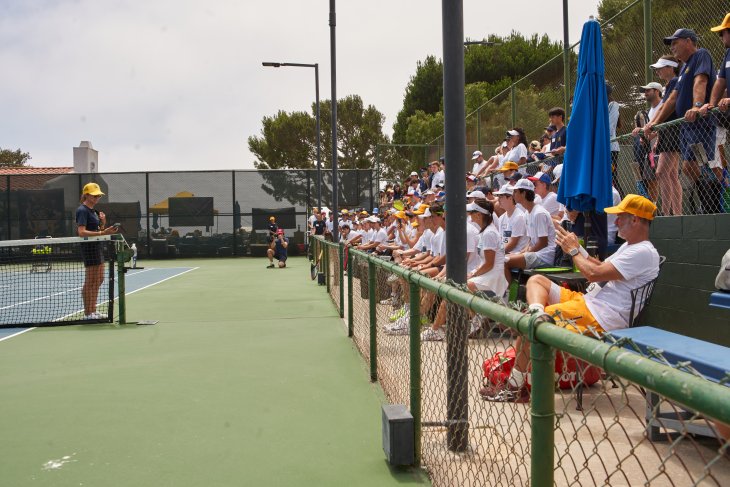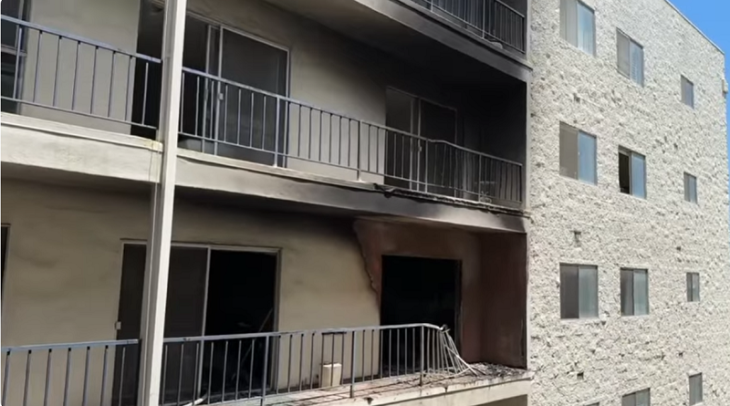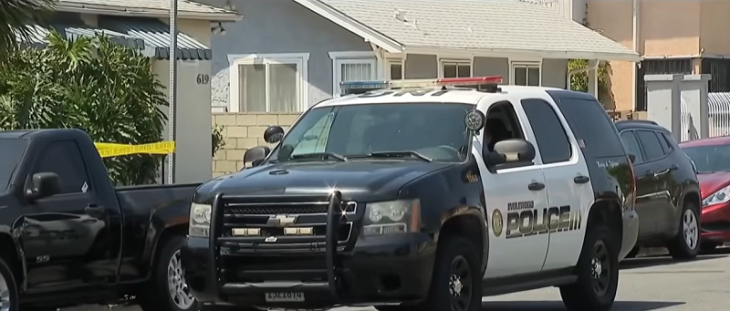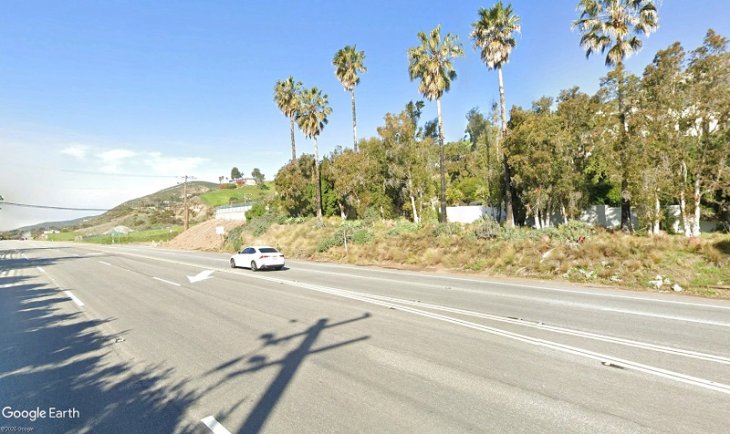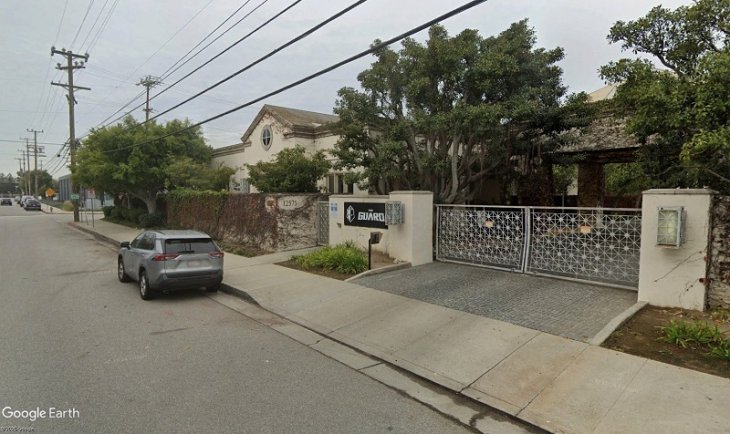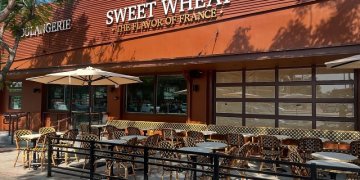
Kiewit Infrastructure West, the contractor for Metro, completed on April 28 lane restriping and freeway sign installation work for a 2.4-mile stretch of carpool lane along the northbound 405 Freeway between the Santa Monica Freeway and Wilshire Boulevard in West Los Angeles, it was announced.
However, the high occupancy vehicle (HOV) lane is not officially operational for carpool drivers, as the lane will still be open to general traffic until construction on the remainder of it through the San Fernando Valley is complete.
Specifically, Kiewit Infrastructure West still needs to complete the remaining 7.5 miles of carpool lane between Wilshire Boulevard and the 101 Freeway in Sherman Oaks.
According to Metro, Kiewit Infrastructure West still has a series of nighttime closures along northbound lanes of the San Diego Freeway through Westwood, Brentwood, the Sepulveda Pass, and into Sherman Oaks to complete the HOV lane and make it full functional for prime time use.
Still, Metro officials stated those traveling northbound on the 405 Freeway in West Los Angeles will notice new striping along the HOV lanes as they approach the Santa Monica Freeway interchange. Also, Metro stated it put up new “HOV Lane” signs in the 2.4-mile stretch of carpool path between the Santa Monica Freeway and Wilshire Boulevard.
Once the carpool lane for northbound traffic is officially open, the 405 Freeway will have six lanes available for vehicles traveling from West Los Angeles to the San Fernando Valley.
Stretching about 10 miles, the northbound carpool lane along the 405 Freeway is expected to be operational in late May, though the exact date has not been finalized or announced.
The HOV lane for those driving south along the 405 Freeway from the San Fernando Valley opened in 2007.
When Metro proposed building the 10-mile HOV lane for both directions of the 405 Freeway between Sherman Oaks and West Los Angeles, it estimated the project would cost $950 million. In the same proposal, Metro officials estimated the addition of HOV lanes for both directions of the freeway would save more than 7 million hours of vehicle delays.

